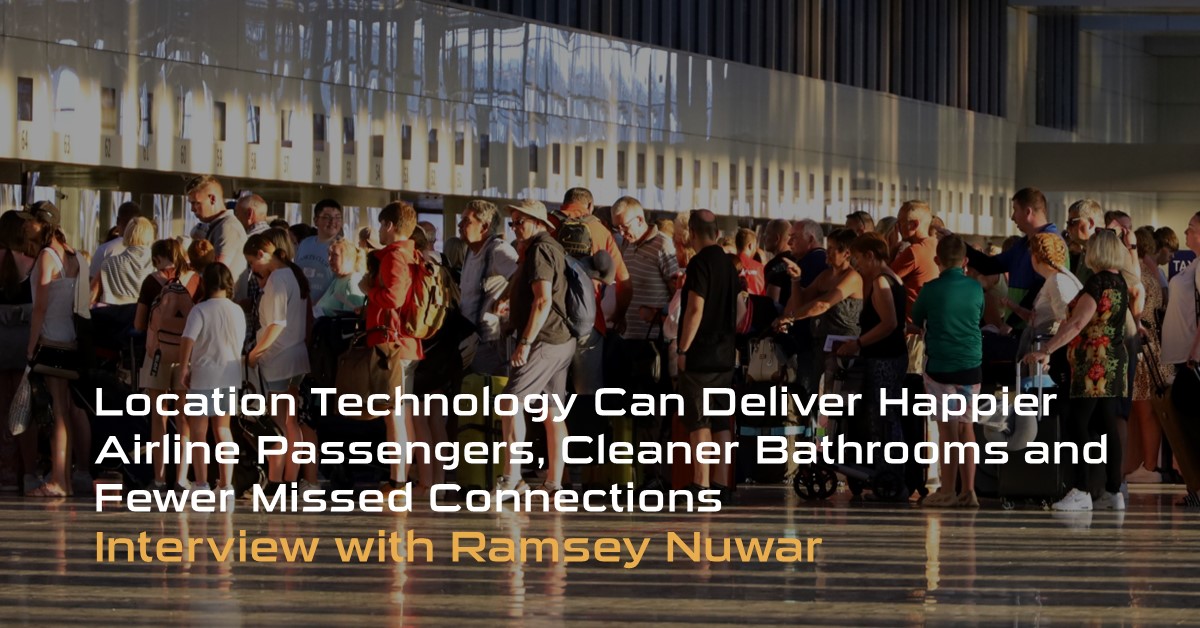 https://volantechnology.com/wp-content/uploads/2024/07/Location-Technology-Can-Deliver-Happier-Airline-Passengers-Cleaner-Bathrooms-and-Fewer-Missed-Connections-Blog-Post.jpg
628
1200
Volan Technology
https://volantechnology.com/wp-content/uploads/2022/04/Copy-of-Volan-Logo.png
Volan Technology2024-07-25 18:34:052024-07-25 19:08:46Location Technology Can Deliver Happier Airline Passengers, Cleaner Bathrooms and Fewer Missed Connections.
https://volantechnology.com/wp-content/uploads/2024/07/Location-Technology-Can-Deliver-Happier-Airline-Passengers-Cleaner-Bathrooms-and-Fewer-Missed-Connections-Blog-Post.jpg
628
1200
Volan Technology
https://volantechnology.com/wp-content/uploads/2022/04/Copy-of-Volan-Logo.png
Volan Technology2024-07-25 18:34:052024-07-25 19:08:46Location Technology Can Deliver Happier Airline Passengers, Cleaner Bathrooms and Fewer Missed Connections.Michael Bettua is a Co-Founder and the CEO and Chairman of the Board for Volan Technology.
Before starting Volan, Michael was an early executive at two enterprise software technology startups – BladeLogic and Silknet Software – that became billion-dollar IPO and M&A exits. Michael has now funneled his skills and passion for innovation into Volan Technology, a powerful new solution for Fortune 500 industrial companies to reduce operations costs, improve productivity, and increase worker safety.
He holds a B.A. from Boston University.
Posts from Michael
 https://volantechnology.com/wp-content/uploads/2024/07/Location-Technology-Can-Deliver-Happier-Airline-Passengers-Cleaner-Bathrooms-and-Fewer-Missed-Connections-Blog-Post.jpg
628
1200
Volan Technology
https://volantechnology.com/wp-content/uploads/2022/04/Copy-of-Volan-Logo.png
Volan Technology2024-07-25 18:34:052024-07-25 19:08:46Location Technology Can Deliver Happier Airline Passengers, Cleaner Bathrooms and Fewer Missed Connections.
https://volantechnology.com/wp-content/uploads/2024/07/Location-Technology-Can-Deliver-Happier-Airline-Passengers-Cleaner-Bathrooms-and-Fewer-Missed-Connections-Blog-Post.jpg
628
1200
Volan Technology
https://volantechnology.com/wp-content/uploads/2022/04/Copy-of-Volan-Logo.png
Volan Technology2024-07-25 18:34:052024-07-25 19:08:46Location Technology Can Deliver Happier Airline Passengers, Cleaner Bathrooms and Fewer Missed Connections.
The CFO’s Secret Weapon: Micro-Location Tech Transforms Airport Financials
AirportsOur Ramsey Nuwar examines the challenges faced by airport CFOs in tracking contractor labor hours and says that micro-location technology is a solution. Our technology provides real-time data on contractor movements, enhancing safety, labor utilization tracking, and financial oversight. It aids in preventing overpayments, mitigating financial risks, and improving future project planning and resource allocation. By adopting micro-location systems, airports can significantly optimize costs, increase productivity, and enhance stakeholder reporting, paving the way for more efficient operations.

Trust AND Verify: Using Technology to Track Airport Construction Labor
AirportsImagine airport CFOs having a digital window offering complete transparency into contractor work hours on construction projects, eliminating reliance on self-reported time cards. Micro-location systems, like the Volan Positioning System, ensure precise tracking of contractor presence and movements, mitigating financial risk from potential overpayments. This technology aligns digital records with construction invoices, providing CFOs irrefutable proof of labor accuracy before payments, enabling airport leaders to optimize resource allocation and better anticipate labor demands.
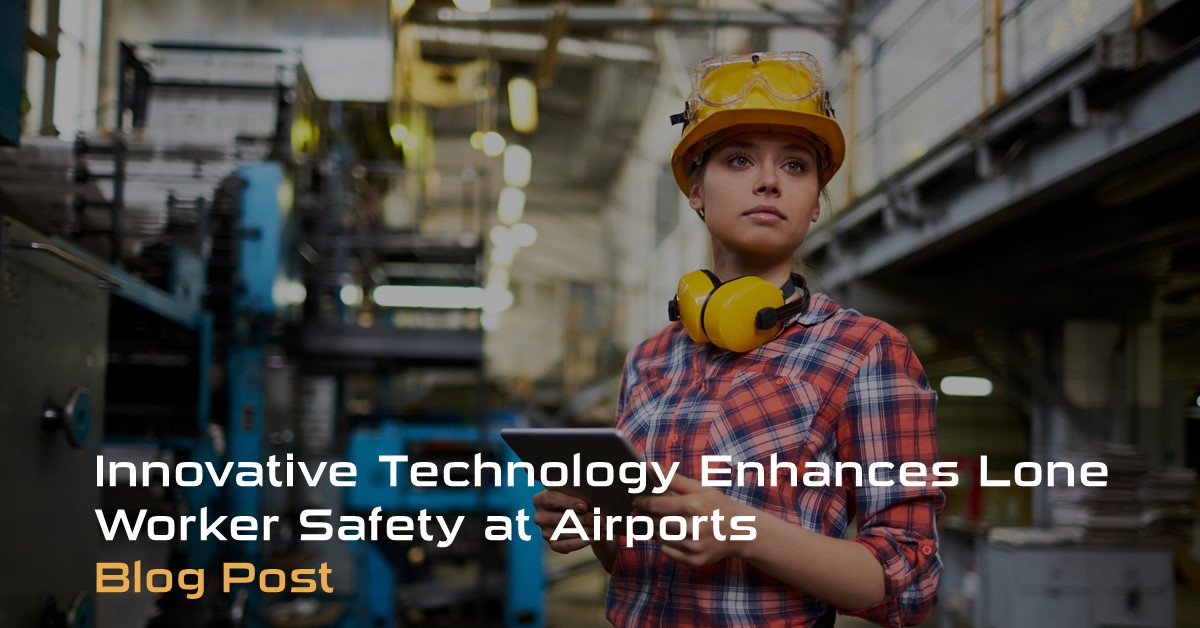
Innovative Technology Enhances Lone Worker Safety at Airports
AirportsAirports increasingly recognize lone workers' unique safety challenges within their expansive facilities, prompting a proactive approach to enhancing safety through innovative technology. Drawing inspiration from safety solutions deployed in hazardous construction sites, airports are now adopting wearable sensors and private mesh networks to swiftly detect incidents, pinpoint worker locations, and transmit critical information for a rapid response. By leveraging these cutting-edge technologies, airports aim to create a safer environment, demonstrating a steadfast commitment to worker well-being while ensuring that no worker is truly alone in case of emergencies.
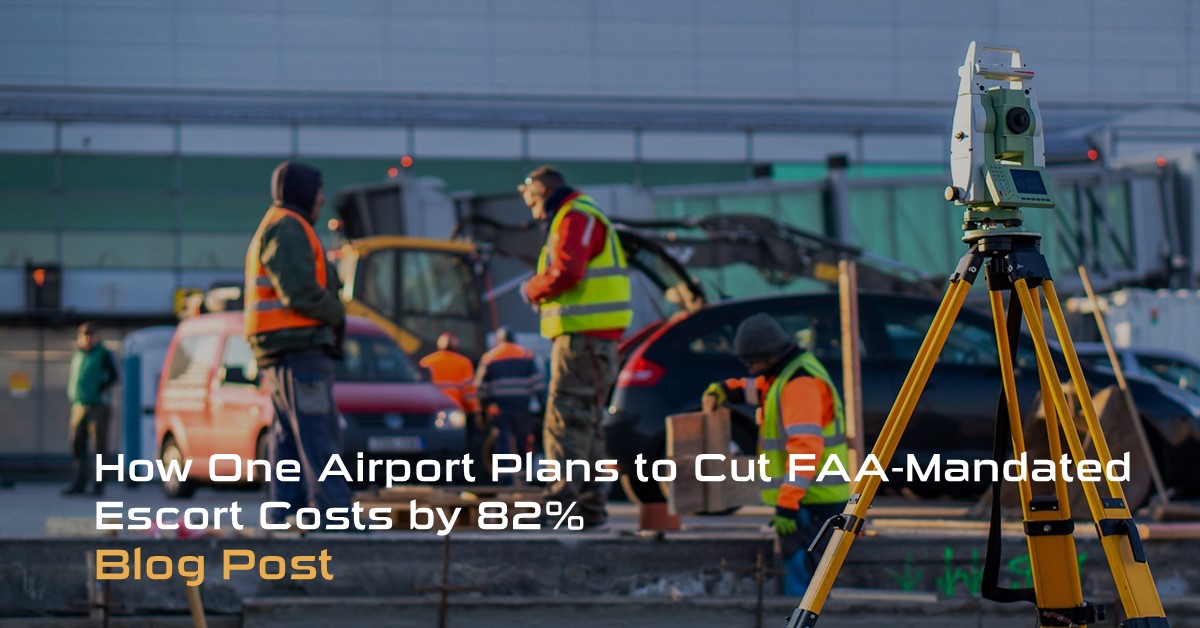
How One Airport Plans to Cut FAA-Mandated Escort Costs by 82%
AirportsIn a bid to enhance safety, ensure FAA compliance, and reduce costs, one major U.S. airport is pioneering a groundbreaking solution utilizing smart badges and advanced geofence-based positioning systems. By equipping construction workers with these badges, one person can effectively monitor the location of 40 workers using just a laptop, eliminating the need for the traditional 1:5 escort-to-worker ratio. This innovative approach slashes projected escort costs by a staggering 82%, as illustrated by a detailed cost analysis.
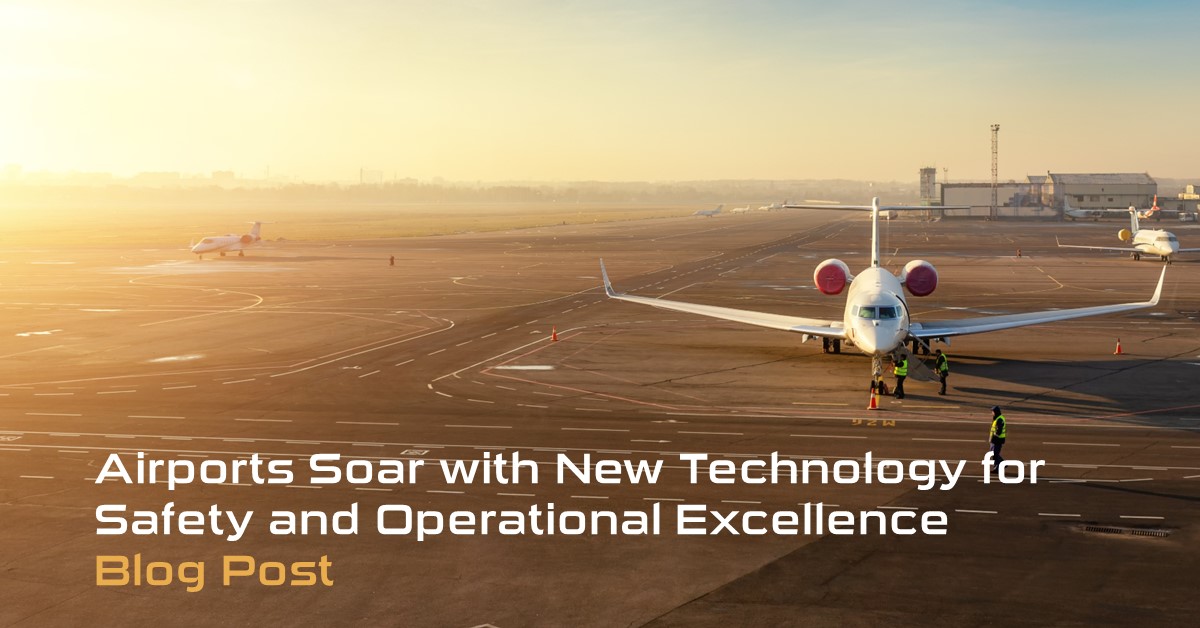
Airports Soar with New Technology for Safety and Operational Excellence
AirportsUS airports face the challenge of complying with the FAA's Safety Management System rule, necessitating better incident detection and reporting, particularly in outdoor areas like runways and taxiways. Traditional methods of supervision prove cumbersome and error-prone, prompting airports to adopt affordable micro-location technology, such as IoT sensors and wearable locators, for real-time asset tracking. A major Midwest airport has implemented Volan's geofencing solution, which exemplifies this approach, offering instant breach alerts and detailed data for investigations.
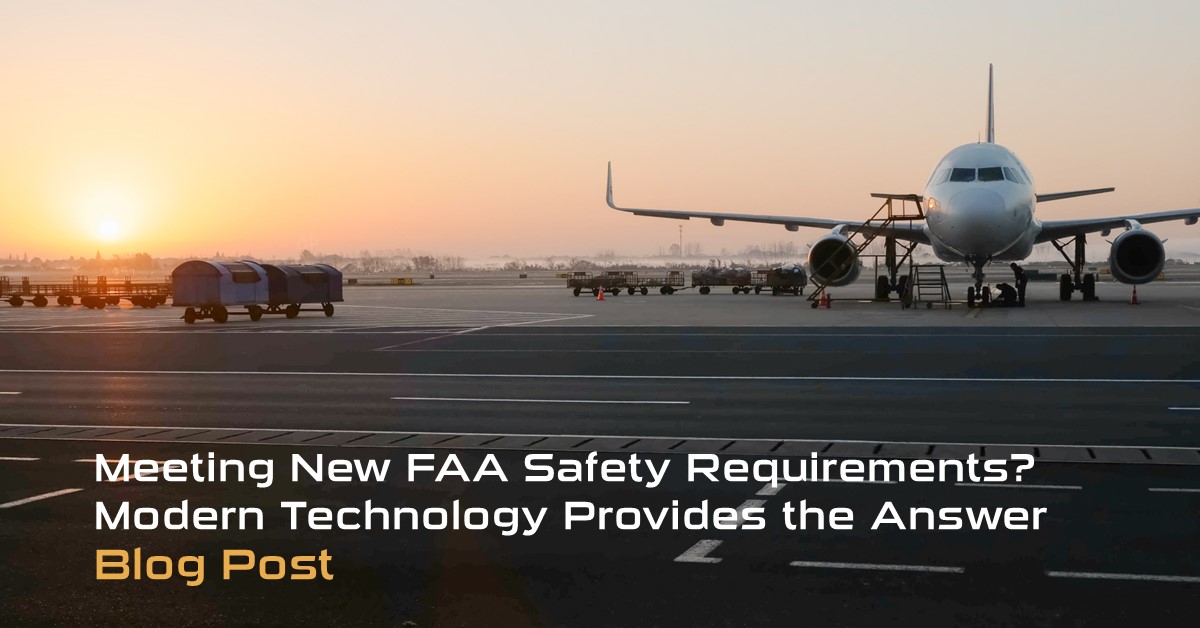
Meeting New FAA Safety Requirements? Modern Technology Provides the Answer
AirportsAirports are taking a hard look at modern technology solutions to help meet the FAA's new extensive Safety Management System requirements. This 60-page ruling mandates that airports significantly improve their detection, analysis, data capture and reporting of safety incidents to maintain compliance. Volan has the answer.
Navigating Efficiency – Crucial Role of Location Asset Tracking in Modern Businesses
RTLSLocation Asset Tracking is the process of monitoring and managing physical assets within an organization or across various locations. It involves using technology such as GPS, RFID (Radio-Frequency Identification), barcode scanners, or IoT (Internet of Things) sensors to keep tabs on the location, status, and movement of assets.
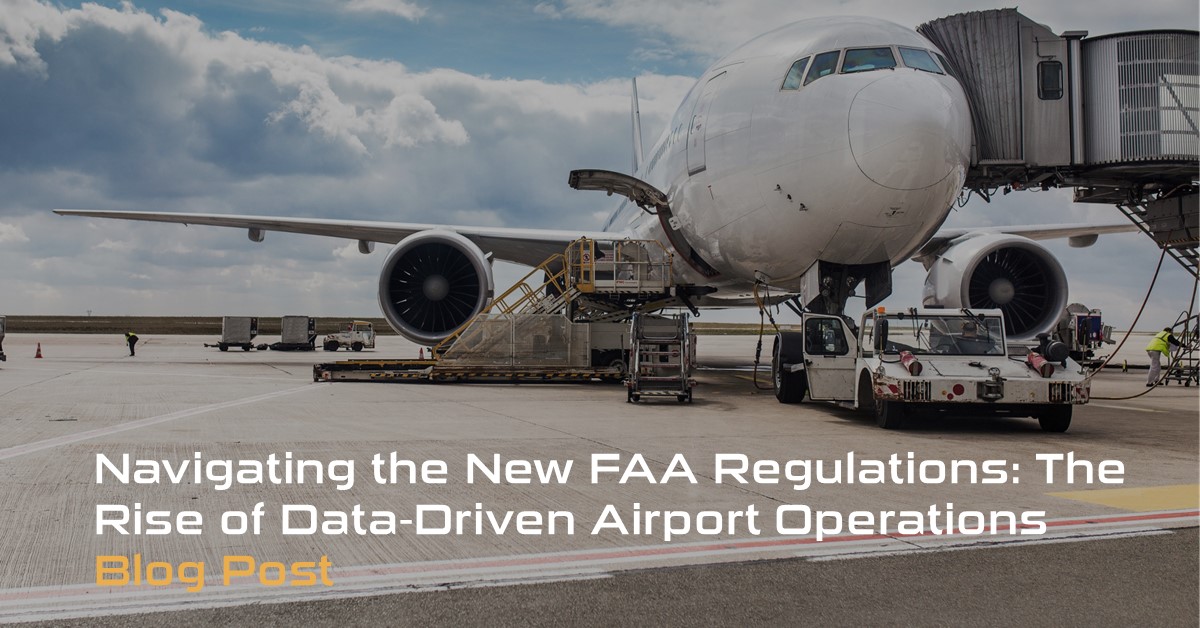
Navigating the New FAA Regulations: The Rise of Data-Driven Airport Operations
AirportsOne of the major challenges in airport operations post-April 2023 is ensuring compliance with increased FAA regulations mandating comprehensive reporting and data collection for all incidents. Volan positioning system can provide automatic data collection capabilities, seamlessly meeting these regulations.
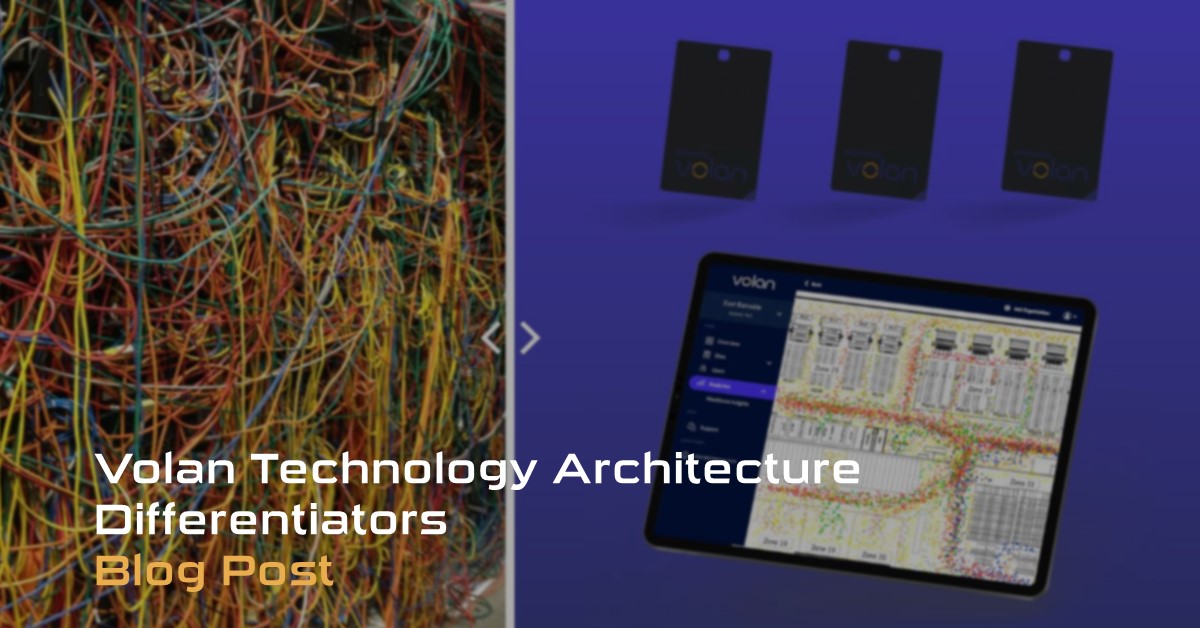
Volan Technology Architecture Differentiators
RTLSReal-Time Locating Systems (RTLS) are increasingly commonplace in industrial applications, ranging from tool tracking for manufacturers to indoor mapping of warehouses. With industrial companies allocating as much as 70% of their operational expenses on labor, RTLS technologies seek new capabilities for labor analysis.
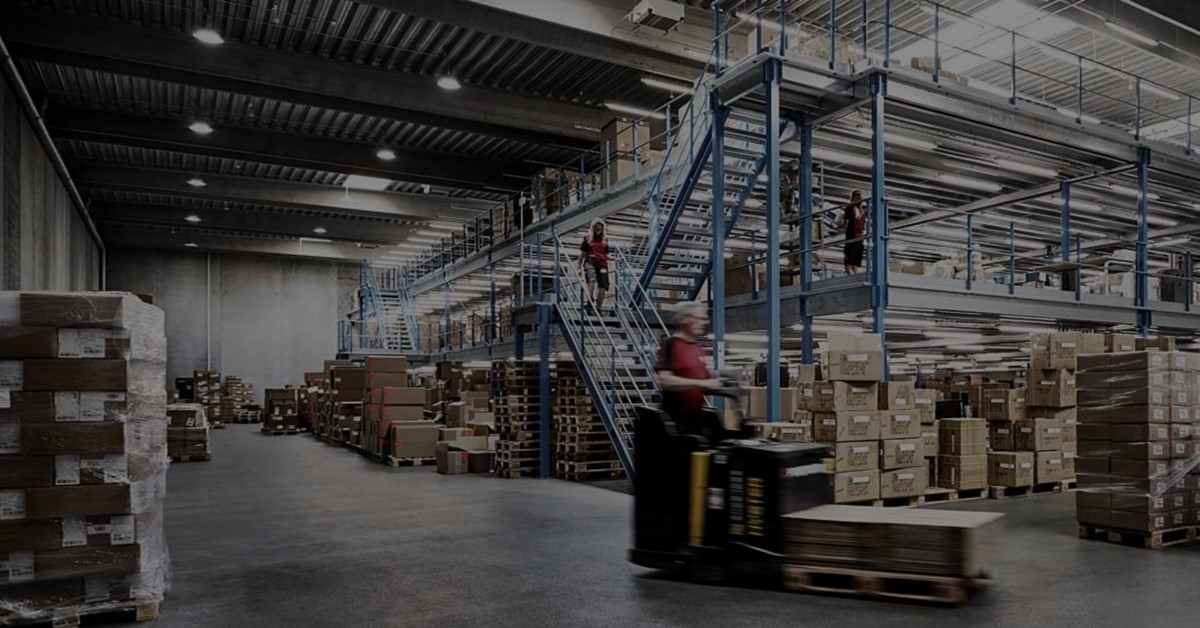
5 Ways Location Intelligence Can Optimize Warehouse Operations
WarehouseWarehousing and fulfillment operations today are faced with more challenges than ever in seeking higher operational efficiency in an increasingly competitive market. Location intelligence is changing how warehouses operate, from optimizing profit margins to ensuring safety compliance. Location intelligence software can help your company improve efficiency, reduce unproductive hours and increase profits.

Ultra-Wideband (UWB) vs. BLE
RTLSWhat is the difference between ultra-wideband and Bluetooth? Discover the pros and cons of each technology to find the best fit for your RTLS needs. Ultra-wideband is a low-power radio technology for transmitting data within the 3.1 to 10.6 GHz range. Bluetooth Low Energy is a radio frequency technology that transmits data in the 2.4 GHz spectrum band, specifically across 80 different 1 MHz wide channels from 2400 to 2483.5 MHz.

Bluetooth vs. BLE
RTLSBluetooth Low Energy differs from its parent technology because it remains dormant until a connection is initiated. Where Bluetooth is best suited for a constant exchange of larger amounts of data, Bluetooth Low Energy excels at exchanging smaller amounts of data over a much longer period of time. Bluetooth Low Energy uses a reduced amount of power through faster connection times than traditional Bluetooth devices, reducing connections from 100mS to 6mS.
Contact Us
Volan Technology
720 Monroe Street
Hoboken, NJ 07030
About Us
Volan Technology is a people-positioning analytics platform that companies use to identify labor cost savings and improve worker safety.
Our Pages
Recent Posts
- Location Technology Can Deliver Happier Airline Passengers, Cleaner Bathrooms and Fewer Missed Connections.
- The CFO’s Secret Weapon: Micro-Location Tech Transforms Airport Financials
- Trust AND Verify: Using Technology to Track Airport Construction Labor
- Innovative Technology Enhances Lone Worker Safety at Airports
- How One Airport Plans to Cut FAA-Mandated Escort Costs by 82%
- Airports Soar with New Technology for Safety and Operational Excellence
- Meeting New FAA Safety Requirements? Modern Technology Provides the Answer
- Navigating Efficiency – Crucial Role of Location Asset Tracking in Modern Businesses
- Navigating the New FAA Regulations: The Rise of Data-Driven Airport Operations
- Volan Technology Architecture Differentiators


